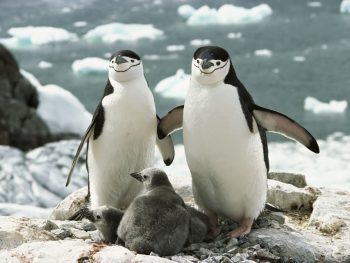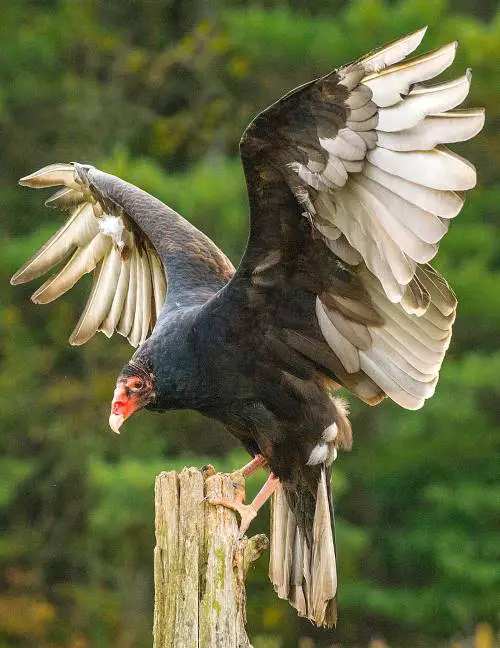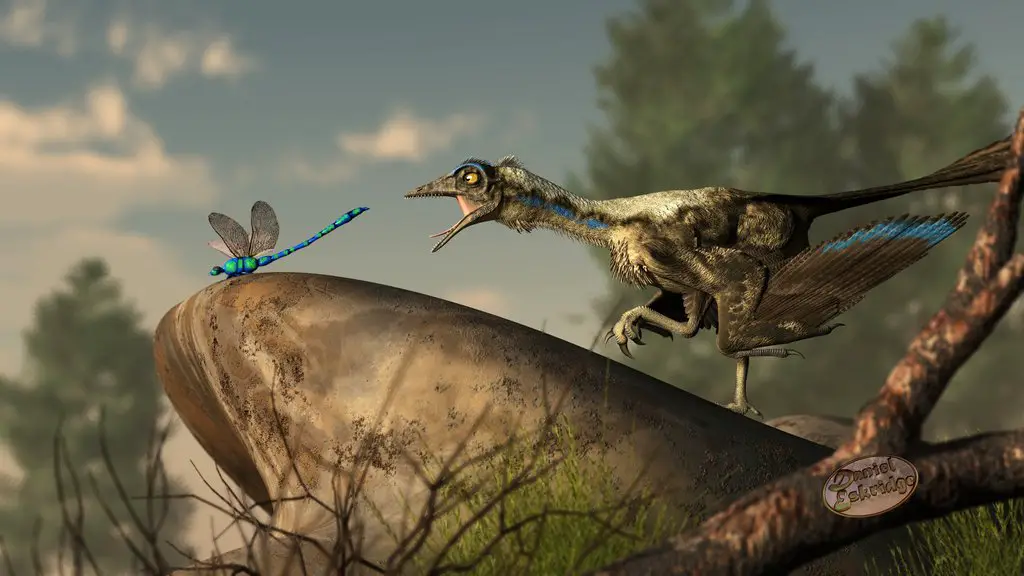The chinstrap penguin (Pygoscelis antarcticus) is fairly common on the small islands of Antarctic Ocean as well as on Southern Pacific. It has quite unique appearance in that there is a black band that runs throughout its back all the way to the back of the head. The penguin earns its name because of this band.
Chinstrap penguins are also called ringed penguins and bearded penguins.
Adult penguins stand 72 cm tall and weigh 6.6–11.0 pounds. Females are smaller and less heavy as compared to males.
They have black flippers the inside of which is white. Chinstrap penguins have reddish brown eyes along with the white face. The combination of black and white appearance provides it a perfect camouflage against predators.
The chinstrap penguin makes home in ice-free habitats such as rough foreshores, rocky slopes, high cliff edges, and headlands. They are expert climbers.
in ice-free habitats such as rough foreshores, rocky slopes, high cliff edges, and headlands. They are expert climbers.
Chinstrap penguins breed in the Falkland Islands, Argentina, Antarctica, South Georgia, South Sandwich Islands, French Southern Territories, and Bouvet Island.
The chinstrap penguin eats krill, shrimp, squid, and fish. It also swims as much as 50 miles offshore. Chinstrap penguins can swim in freezing cold water.
The female lays 2 eggs in a stone-built nest. The eggs hatch in about 37 days but the chicks will begin their first ever foraging journey at about 50 years age.
Chinstrap penguins can live as long as 15 – 20 years in the wild.
Leopard seal, sheathbill, and brown skua are thought to be the primary predators of chinstrap penguins.
There are 100,000 breeding colonies of chinstrap penguins worldwide.





